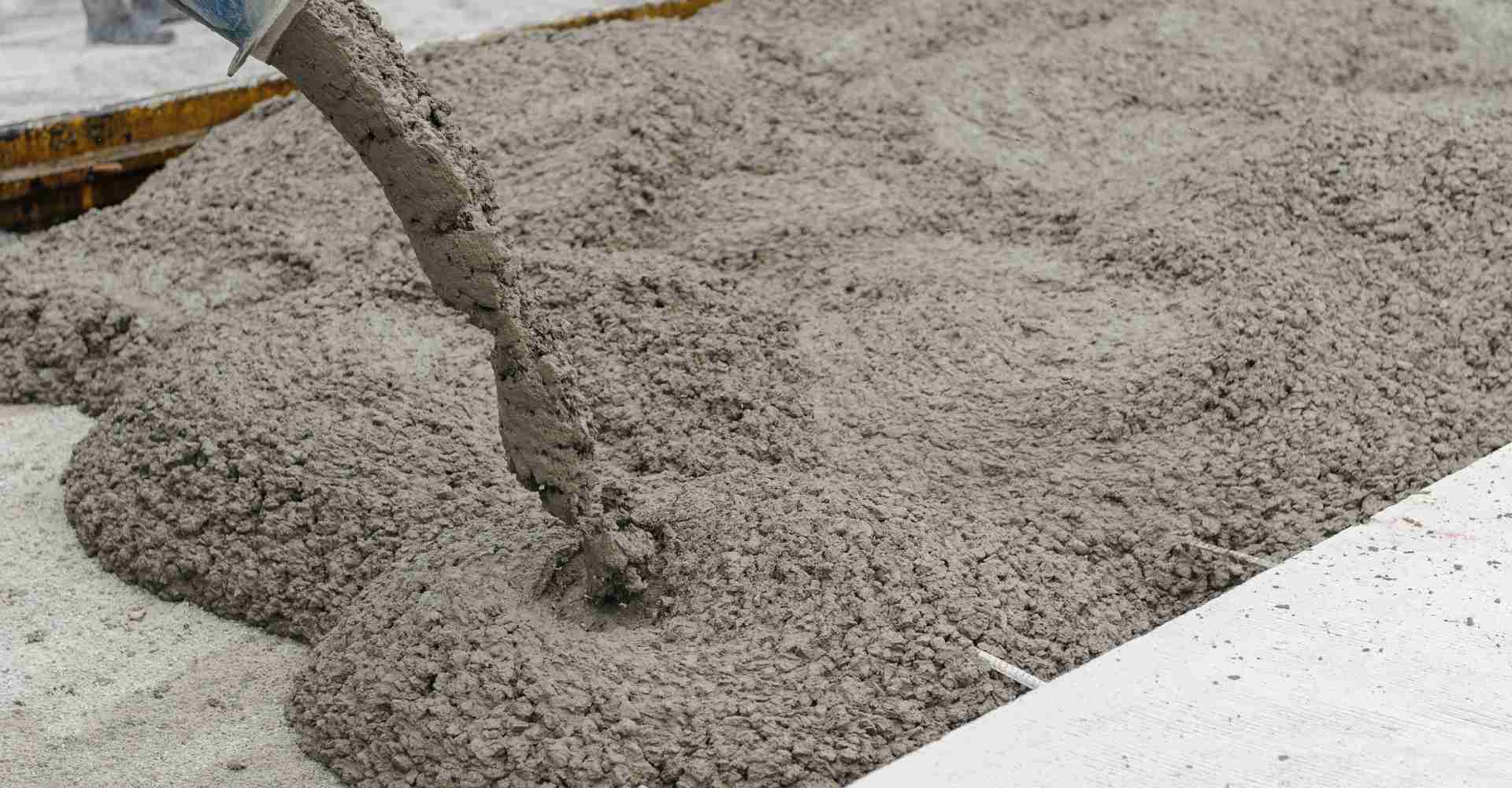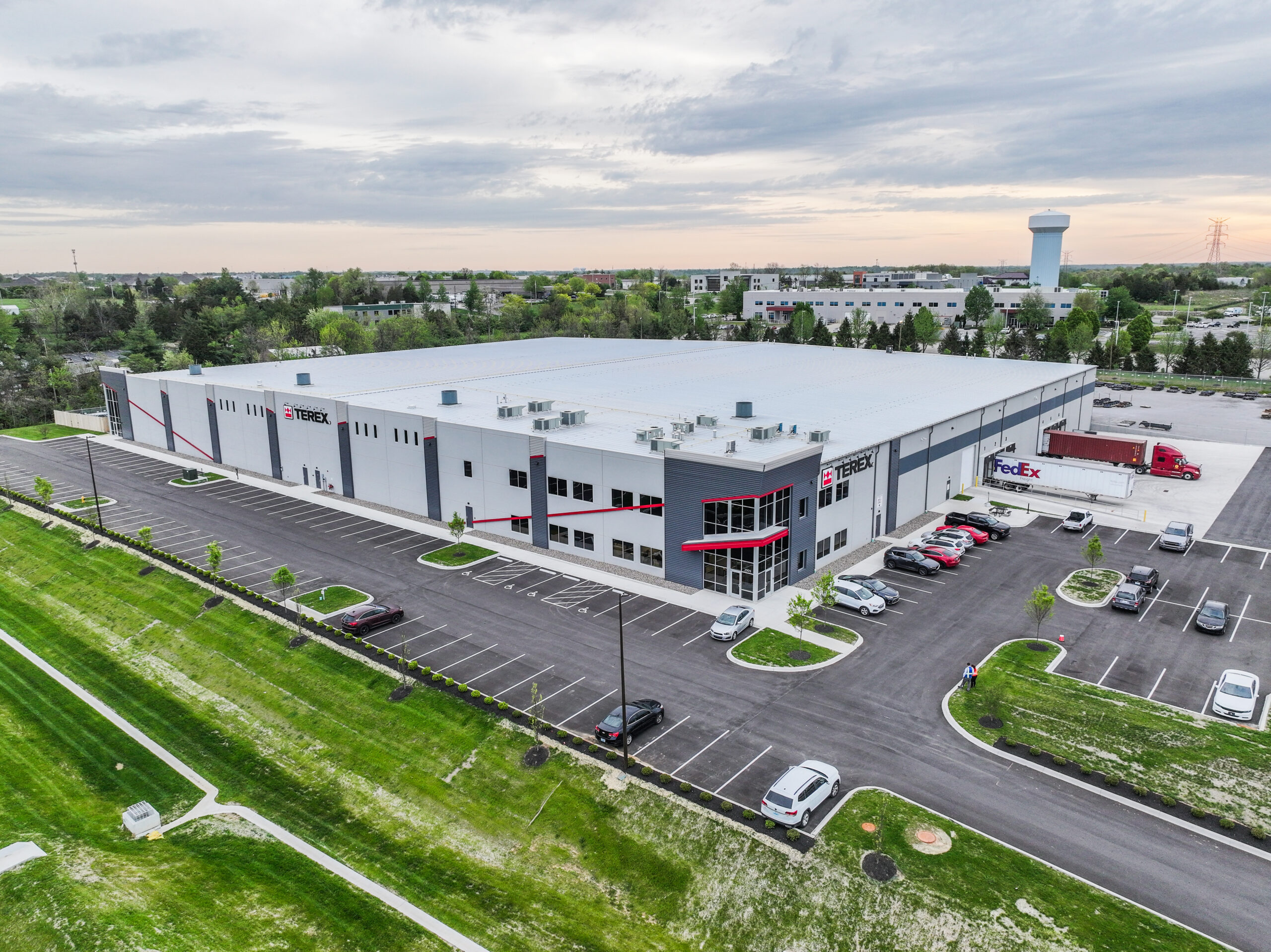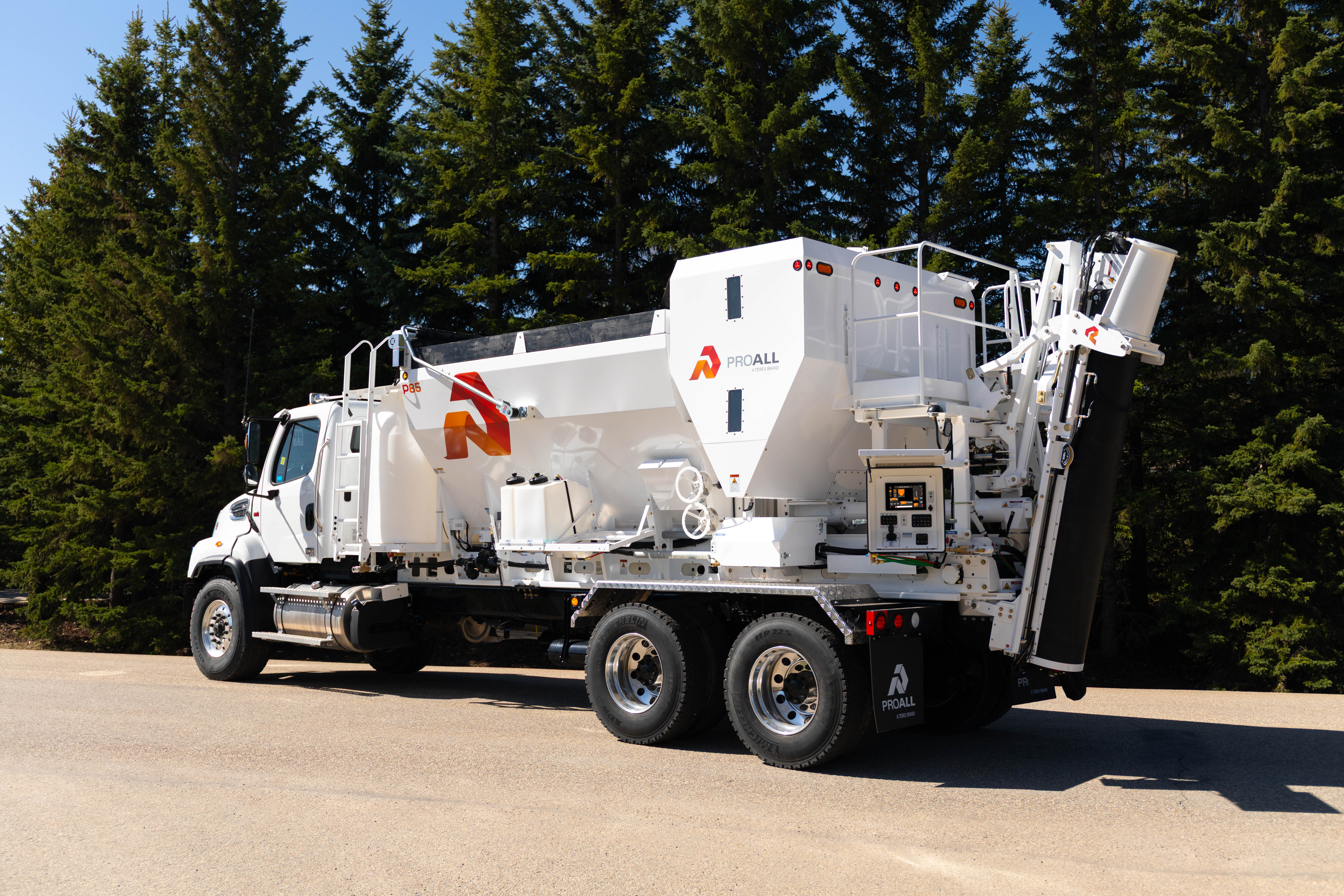
EMERGING CONCRETE CONSUMERS
EMERGING CONCRETE CONSUMERS
It is almost impossible to eradicate concrete from our lives. Other than water, concrete is the most consumed material in the world. Moreover, concrete is a big part of the construction industry. It is used twice as much as other construction materials.
Concrete consumption is at an all-time high with the recent increase in construction worldwide. Living without concrete would be like living without air or water. With the increase in concrete consumption, there have also been innovations in its use.
In recent times, concrete contractors and concrete businesses have been finding new and improved ways to incorporate concrete into construction. This new technology has also brought forward great ways to use concrete. While at the same time, it wishes to reduce its side effects and damages.
Let’s discuss some of the newer ways concrete is being used worldwide. And how you can use them to grow your concrete business.
Before we get into how concrete is being used, it would be critical to look into emerging users and consumers of concrete. When we think about concrete, the first thing that comes to mind is construction. There are many uses of concrete within the construction industry.
WHAT’S TRENDING IN THE CONCRETE INDUSTRY?
The development and advancement in the concrete and cement-based industry are changing a lot of the dynamics of design and construction. New ways in which concrete is being used are:
DECORATIVE CONCRETE
Concrete is a brute, masculine material, and when left raw, it gives off a strong statement. Decorative concrete is made to be seen. Its aesthetic feel, paired with its structural capabilities, makes it a sought-after material for architecture.
It can be used widely in many construction processes, whether significant structural components or minute details. It is the perfect concrete to use if you plan to achieve a particular look.
Its uses may include, but are certainly not limited to:
Concrete countertops can be made using this fine concrete. Concrete is more accessible to shape than marble or granite. So, it is a great option to add an innovative touch to your kitchen.
Concrete flooring has also become a new hot favorite with homeowners. The possibilities are unlimited. Dyeing, coloring, painting, and texturing will give the concrete a new look.
DECORATIVE FEATURE WALLS
Decorative concrete has many aesthetic benefits. That is why it appeals more to designers and architects. Duped as the architect’s choice, this concrete will allow you to choose the perfect shade of red for your patio tiles. And will eventually let you have the perfect texture for your accent walls.
FAST-PACED CONSTRUCTION
With the construction industry becoming as fast-paced, newer ways have been developed to shrink the timeline. Insulating Concrete Form systems are a new way to lessen the construction time. In addition, it endeavors to increase the efficiency of the process.
Molds of plywood or aluminum are erected first. Then, rebar is added to reinforce the components, and concrete is poured. This method allows for the faster erection of the form. And the concrete cures in 24 hours which also meets the demand of the construction timeline.
This is a great way to generate repetitive and modular layouts such as hotels, condominiums, apartment buildings, etc.
AERATED CONCRETE
New heights are being achieved in the construction industry by using lightweight masonry. One way to make it happen is by using Aerated Autoclaved Concrete blocks, or AAC.
These precast concrete blocks have the structural capacity to hold their own as low-rise load-bearing walls. In addition, aerated Autoclaved Concrete is suitable for the production of precast masonry because of its lightweight and high strength.
Aerated concrete’s use also created thermally effective buildings. It reduces the heating and cooling loads on the building. In addition, its aerated structure gives excellent resistance to fire. And the ability to produce large masonry blocks makes the construction process more efficient.
This can also be used to make a strong visual statement by using dyed white portland cement. A recent development came out as of dyed grout.
HOW ARE NEW TECHNOLOGIES CHANGING THE USAGE OF CONCRETE?
Other than plain old concrete, new technologies are changing how concrete is used in buildings. A few examples of this would be:
Optical fiber concrete: Concrete is laced with strands of optical fibers. The concrete is translucent, which aids the light from seeping through. This development of see-through concrete is a great innovation. It is being used in many buildings to create visually light structures. Read more about optical fiber concrete.
Reactive powder concrete is another new invention. It reaches a compressive strength of 30,000 psi. It also has tensile strength with steel and synthetic fibers. It achieves this ultra-high strength without using coarse aggregates.
SCC – Self Consolidating concrete is a self-smoothing concrete. It produces a smooth surface without the mixing of segregation. This is perfect for tight spaces since it does not require vibration to settle in place. Are you keen to find out about SCC? Have a look.
No matter how advanced, these innovations and technologies cannot remove the damaging impact concrete has on the environment. For example, the emission of carbon dioxide by concrete structures is a huge contributor to the world’s greenhouse gasses and climate change.
NEW WAYS THAT PEOPLE ARE USING CONCRETE
There have also been innovations in this field of construction to make buildings green and lessen the impact concrete has on the environment. Let’s look over some recent innovations in green concrete.
GREEN-MIX CONCRETE
The first one we’ll be looking at is green mix concrete. Green concrete is considered sustainable since it makes use of recycled construction waste and reduces landfills.
It makes use of the by-products or wastes of other construction industries. Fly ash, recycled concrete aggregates, and aluminum can fibers are the main ingredients in green concrete. Many concrete consumers and concrete businesses have shifted to using green concrete for environmentally responsive buildings.
It works by using fly ash as a replacement for cement, which is known to have adverse impacts on the environment. Crushed concrete waste is added in replacement of aggregate, and aluminum is chopped up into fibers to reinforce the mixture.
Another plus point of green concrete is its cost-effectiveness.
LOW CARBON CONCRETE
This new and innovative concrete uses bacteria to create self-healing concrete. Several types of bacteria go into this concrete. These bacteria can also survive high alkali contents.
How it works is simple. The bacteria use metabolic processes to create a calcium carbonate by-product. The reinforcement in the concrete is not affected either because the bacteria consume oxygen. This increases the durability of the concrete.
It can be an excellent remedy to boost your own concrete business since it is an innovation that helps increase the strength and longevity of the concrete.
To learn more about bacteria concrete, read up.
MARTIAN CONCRETE
Martian Concrete us an odd and inventive material. Since mars is the future, scientists have developed concrete that will be suitable for building on a foreign planet. It uses materials that are generously available on Mars without the use of water, a limited resource.
It works by melting sulfur until it becomes liquid and then mixing it with the iconic red martian soil, which acts as a coloring agent as well as an aggregate. It is poured, and once the sulfur solidifies, it binds the aggregate and becomes concrete.
It is reassuring to know that one day, eons from now, when humans will scour the surface of Mars, there will be a suitable material to build necessary buildings there.
This is a great look into the future of construction. Read more about Martian Concrete.
PERMEABLE CONCRETE
Permeable concrete can absorb up to 4 liters of water per minute. This innovation is great for areas with lots of rain. It can help prevent car accidents on wet roads.
Water and cementitious materials are mixed to form a paste. Aggregate is then coated in that paste. No sand is added to the mix. The use of the paste to coat and bind the aggregate creates a network of voids to allow quick drainage.
Permeable or pervious concrete is an inventive solution to the world’s urban flooding issue. Pavements made from permeable concrete allow stormwater runoff, and the water can either be harvested by storing it in an underlying gravel layer or allowed to absorb into the sand.
It also reduces the hydrocarbon pollution from pavement sealers.
If you’re interested in learning more about permeable concrete, use this link to read further.
BENDABLE CONCRETE
It may come as a shock but we finally live in a world where we can use the words concrete and flexible in the same sentence. Scientists at the University of Michigan have combined silica sand and polyvinyl alcohol strands to create a concrete that is 500 times harder to crack.
This concrete is made using cement, fibers, sand, water, and superplasticizers. Fibers such as lass, asbestos, silica, and steel are widely used. Bendable concrete has a tensile strength of 10 to 15 MPa, compressive strength of up to 70 MPa, and the ultimate tensile strength can go up 3 to 5%.
It is light and easy to install. Innovations like these in concrete are a breakthrough in the field of construction, especially in high seismic zones. It also allows concrete to be durable since cracking is reduced, and moisture cannot penetrate as easily as it can in traditional concrete. Bendable concrete is the perfect material for the construction of bridges and roads.
Read more about Bendable concrete.
CONCRETE IS CONTINUOUSLY EVOLVING
Concrete has been a continuously evolving material for over a thousand years now. The innovations mentioned in this post are only a few out of the many being tested in recent years. These inventive ways to use concrete allow the material to become beneficial to not only the users but also to mother nature.
These innovations in concrete allow builders to be more diverse and playful with their buildings. At the same time, the use of new technologies and techniques allows the users and designers to feel content. That’s because they know the structures they are building are responsive to the climate.
Admittedly, concrete is one of the major contributors to carbon emission. That said, these newer forms of concrete have many environmental benefits.
If used widely, concrete can replace a lot of the primary construction materials because of its diverse nature and unbeatable strength.
THE LEADING CONCRETE CONSUMERS
According to The Global Cement Report, 13th edition, cement consumption around the world rose by 2.8% in 2019. Out of the global concrete consumption, China happens to be the largest consumer.
China alone trumped the United States’ concrete consumption by 4.4 bnt. This comparison has been made between China’s concrete consumption over two years (2018 and 2019) to The United States’ Concrete consumption over the entire 20th Century.
It is safe to say that China is a prominent emerging concrete consumer. This increase in consumption is owed to the rapid urban development in China is investing in.
If you take China out of the mix (pun well-intended), the overall global concrete consumption is level at 1.8 bnt.
As reported by the Global Cement Report, 13th edition, India’s 2019 consumption was weaker than usual. The highest recorded consumption of the year was in the Subsaharan African region.
These consumers contribute to more than half of the global concrete consumption. If the leading consumers begin mass production of environmentally friendly concrete, the world’s carbon emissions could noticeably go down.
CONCLUSION
Concrete is used globally as a front runner in the construction industry. However, its adverse effects on the environment prompted engineers and scientists to innovate newer versions of the material.
These materials are not only suitable for heavy loads, durability, and strength but are also actively working to protect the ozone layer and reduce global warming.
Gone are the days concrete was linked to increased carbon footprints and carbon emissions. Instead, concrete consumers and concrete businesses worldwide have adopted new and improved versions. They intend to make the material that responds to the need of the times.


